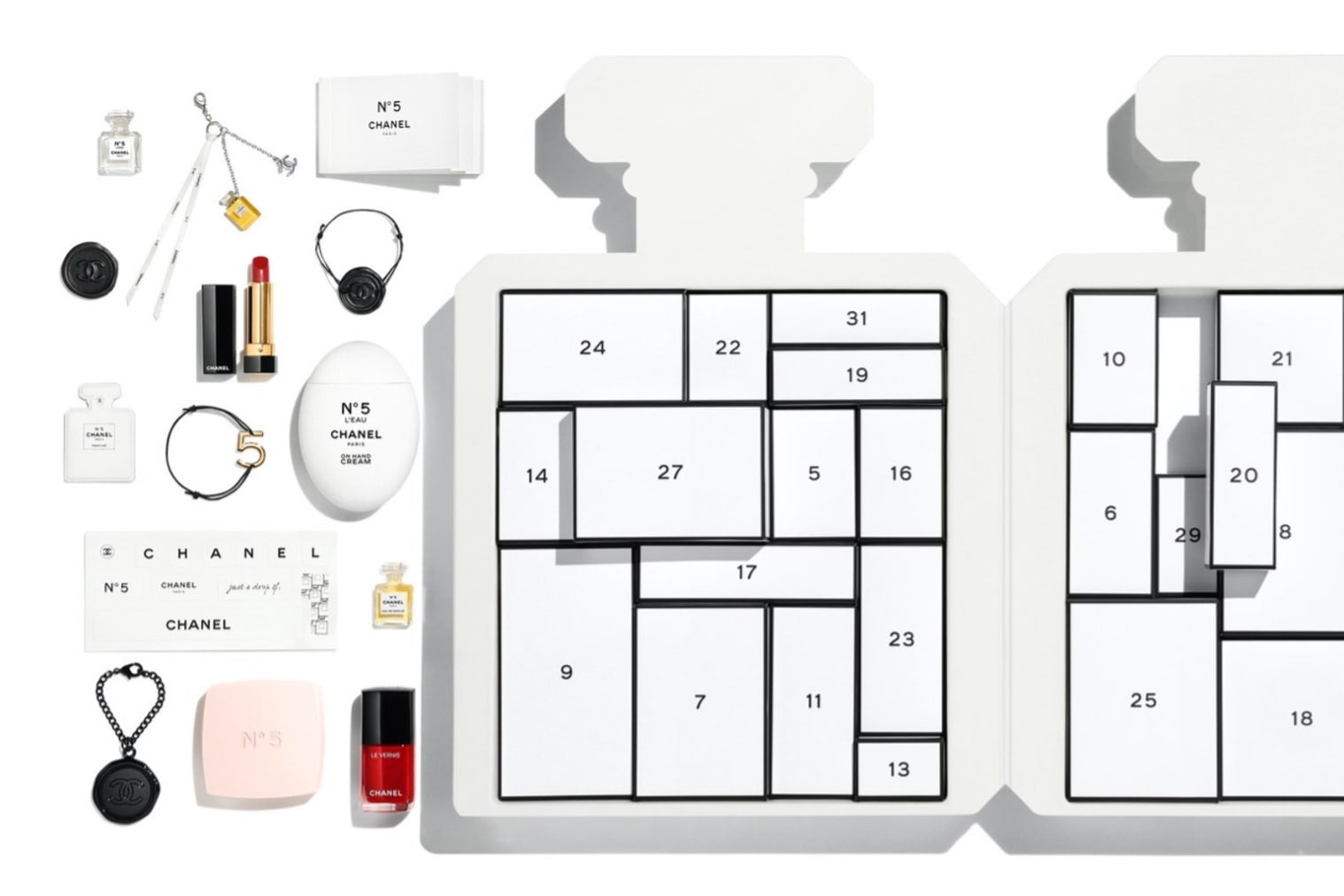Did I just completely miss the memo on Advent calendars this year? Was there some sort of email blast in November I wasn’t on? One where the subject line read something like, “Everybody Is Buying Advent Calendars for 2021, You Better Buy One Or You’ll Feel Left Out Next Month?” I feel like I blinked, opened TikTok and Instagram on December 1, and everybody was tearing open pre-scored cardboard compartments to reveal festive trinkets each day. I have no such trinkets—only sadness and slight confusion at how I missed Advent calendars coming to a fever pitch.
An Advent calendar, in case you, unlike me, did not spend a decade in Catholic school dressing up in costumes for nativity plays and wearing sandals during an upstate New York winter, is a calendar that counts down to Christmas, the birthday of Jesus Christ. In Christian churches, Advent is the four weeks leading up to Christmas. (Most commercial Advent calendars start on December 1 for the sake of simplicity, but the actual start of the religious season is whatever Sunday is four Sundays before Christmas, which technically means it starts in November some years.) The word “Advent” comes from the Latin word for “coming.” It’s a countdown: a time of anticipating the birth of Jesus. Advent is supposed to get you psyched up for when that little holy baby gets plopped into his manger bed among the donkeys and sheep. I wasn’t totally paying attention during all those nativity plays, but that’s the broad strokes.
Back in the day—the day being the 19th century—Advent calendars were simple. German Protestants would use chalk to mark each day or light candles to signify the passing weeks leading up to Christmas. By the 1900s, the calendars in Germany had evolved to more closely resemble their modern counterparts. They had colorful cardboard calendars with little doors that would each reveal a small gift, toy, chocolate, or joke. World War II helped bring the Advent calendar stateside, and the rest is (extremely abridged) history. These days, Advent calendars are often about the countdown to a more secular-style Christmas than the purely religious holiday. (As secular as Christmas, a holiday with the word “Christ” baked into it can actually be, of course.) Growing up, ours was a wooden chimney with peg holes for each day of December. My sister and I would take turns, or, more realistically, fight over who got to move a tiny Santa down a peg each morning until December 25.
Fast forward to 2021, when Chanel decided to release its first ever Advent calendar in honor of the company turning 100. Shaped like a giant bottle of the brand’s iconic perfume, it retailed for a whopping $825. (It has since sold out.) Open up the perfume bottle, and you’ll find 25 gifts wrapped in black-and-white boxes intricately Tetris’d together. Which sounds fine, if stupidly expensive and not like an item on which I’d willingly spend nearly $1000.
The problems for Chanel began in early December, when TikToker Elise Harmon posted a video of herself beginning to open items in her calendar. As she unwrapped each new item, it became clearer and clearer that the box wasn’t worth the price tag. Inside were things like stickers, miniature beauty items, a crappy keychain, and a dustbag, the kind that Chanel might use to package a purse or a piece of jewelry. Online, the feedback against Chanel was harsh and swift. (Check out the comments section of any of their recent Instagram posts for a taste.) Harmon even claimed Chanel had “blocked” her for her TikToks, and a rumor that Chanel deleted its TikTok account entirely also swirled around the app.
“It has never been activated, no content has ever been published, it has no subscribers[s] and no subscription[s]. The page therefore appears empty to anyone who visits it,” a Chanel spokesperson told The Guardian, explaining why some people believed Chanel had deleted its account. It wasn’t wiped clean; it just never had any content to begin with. As for the calendar itself, Chanel says it clearly lists the products inside the calendar for the buyer to see before purchasing. Which kind of defeats the purpose of the surprise a day concept if you’re buying the calendar for yourself, but okay Chanel. (For more on the Chanel calendar, listen to our recent episode of Slate’s “ICYMI.”)
The crappy designer calendar blowing up on TikTok had the accidental side effect of making all Advent calendars trendy. Suddenly, the TikTok algorithm seemed to be all-in on Advent and my For You Page was covered in them. (Yes, I know I inadvertently told TikTok I wanted to see those videos by watching Harmon’s Chanel takedowns. No, TikTok, I don’t actually want to see this much calendar content.) I found myself watching a TikTok about a Dior calendar half the price of Chanel’s offering and thinking, Seems nice!, like I am ever going to spend $500 on a luxury Advent calendar.
Still, the dopamine rush of opening a tiny gift each day does have its appeal. This year has been so long and so hard and so many people, myself included, are at a point where we have to take whatever micro-doses of joy we can get. Next year, somebody please tell me if we’re doing this again. I’m not going to drop $825, but there might be room in the budget for a more economical Advent calendar in the vain hope it might provide some fleeting happiness and feeling like I’m in on the centuries-old trend. Until then, I’ll just have to be content watching a friend who posts daily Instagram Story reviews of the tiny jams she’s unboxing each day from the Bonne Maman 2021 Advent calendar. Today’s was blueberry. It looked delicious.
